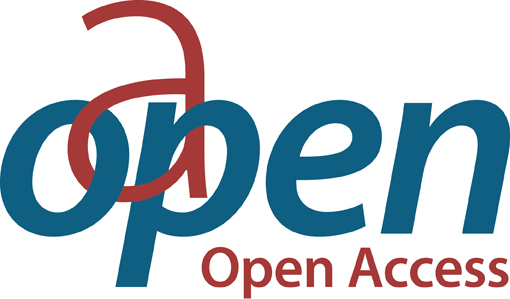Chapter Il contributo dell’archeozoologia alla conoscenza del rapporto uomo-animale nel Medioevo toscano (X-XIV secolo)
| dc.contributor.author | Corbino, Chiara Assunta | |
| dc.date.accessioned | 2024-12-20T12:38:19Z | |
| dc.date.available | 2024-12-20T12:38:19Z | |
| dc.date.issued | 2024 | |
| dc.identifier | ONIX_20241220_9791221503760_276 | |
| dc.identifier.issn | 2704-5870 | |
| dc.identifier.uri | https://0-library-oapen-org.catalogue.libraries.london.ac.uk/handle/20.500.12657/96481 | |
| dc.language | Italian | |
| dc.relation.ispartofseries | Strumenti per la didattica e la ricerca | |
| dc.subject.classification | thema EDItEUR::N History and Archaeology::NK Archaeology | |
| dc.subject.classification | thema EDItEUR::N History and Archaeology::NK Archaeology::NKD Archaeology by period / region | |
| dc.subject.other | Archeozoology | |
| dc.subject.other | Tuscany | |
| dc.subject.other | Middle Ages | |
| dc.title | Chapter Il contributo dell’archeozoologia alla conoscenza del rapporto uomo-animale nel Medioevo toscano (X-XIV secolo) | |
| dc.type | chapter | |
| oapen.abstract.otherlanguage | From 2004 to 2010 the chair of medieval archeology at the University of Florence, led by prof. Guido Vannini encouraged and supported the archaeozoological analysis of the faunal remains recovered at Castel Vaiolo, Prato, Rocca Ricciarda and Cafaggiolo. The contexts investigated, between the 10th and 19th centuries, provided information about the species and the different uses. The two main domestic goat/sheep and pig, were the most used for food. Cattle and game meat were an occasional addition to the diet of the wealthy . Cattle and game meat were an occasional addition to the diet of the wealthy . Dogs and cats were who often ate. The information collected, inserted into a broader framework, provided a considerable contribution to the study from the Middle Ages to the 19th century. | |
| oapen.identifier.doi | 10.36253/979-12-215-0376-0.14 | |
| oapen.relation.isPublishedBy | bf65d21a-78e5-4ba2-983a-dbfa90962870 | |
| oapen.relation.isbn | 9791221503760 | |
| oapen.series.number | 225 | |
| oapen.pages | 14 | |
| oapen.place.publication | Florence |

